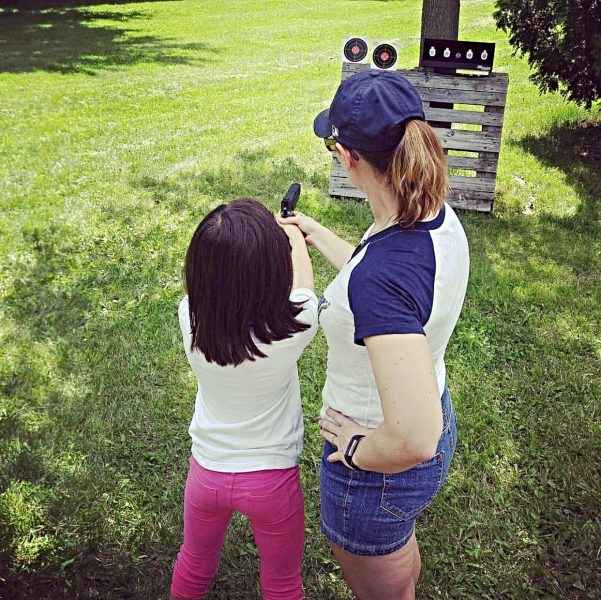
The four rules of gun safety are not suggestions. They are rules to abide by every time you pick up a gun.
If you’ve ever been to the range or taken a firearms class, chances are you’ve had the four rules of gun safety drilled into your head before you picked up a gun. Good! While there are several variations in the phrasing of these rules circulating among firearms instructors and range safety officers, they are more similar than different. The basics are the same in whichever version of the list you like better.
- Treat all guns as if they are loaded.
- Never point a gun at anything you don’t want to kill or destroy.
- Keep your finger off the trigger until you are ready to shoot.
- Know your target and what is beyond it.
Every class we teach at the range where I work starts with these four rules, from Basic Pistol with brand new shooters to our advanced defensive pistol, shotgun, rifle classes, and everything in between. Why? What’s so dang important that we must reiterate these rules with every class? Why not just go over it once and be done? After all, if you hang around guns long enough, you should know these rules by heart, right?
Yes, you should. And most shooters do. But it’s always good to go back to the basics occasionally. Sometimes, we get too advanced for our own good and get cocky. That’s when accidents happen—really bad accidents.
It’s like being a pilot. When a pilot hops into the aircraft, he brings along a series of checklists in his flight bag for each step of the flight, from pre-flight to engine startup to taxiing to takeoff to cruise to descent to landing and finally to engine shutdown. Even the most experienced pilots with thousands of flying hours rely on these important checklists to be sure everything goes smoothly on every flight. Why? First, it’s a good habit. Second, it’s a constant reminder to complete all the steps for every phase of flight because if a pilot screws up something in the air, it can cost people their lives.
The same goes for guns. If you violate one of the four gun safety rules, very bad things can happen, including serious injury and death. Let’s break them down one by one and discuss why they are so important.
Treat all guns as they are loaded
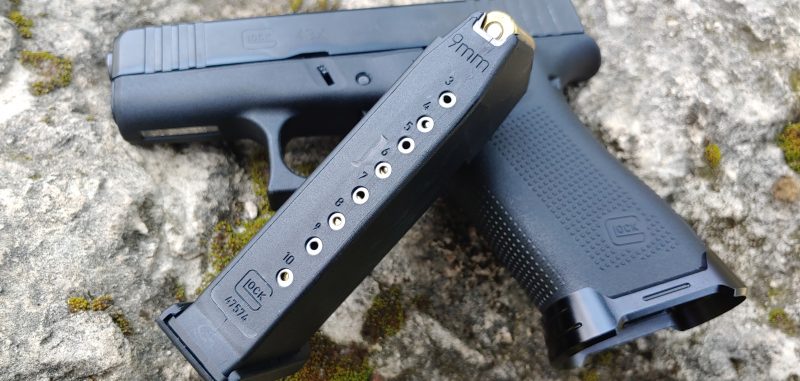
When you pick up a gun or someone hands you a gun, can you tell from the outside whether it’s loaded? Probably not. If you pull the trigger, it might or might not go bang. However, if you assume the gun is loaded, you will tend to treat it with respect and not be negligent. Even if you are 1,000% positive that the gun is unloaded because you unloaded it yourself and double- and triple-checked to be sure it’s completely free of all ammunition, you should still treat it as if it is loaded to create a good habit of gun safety.
Never point a gun at anything you don’t want to kill or destroy
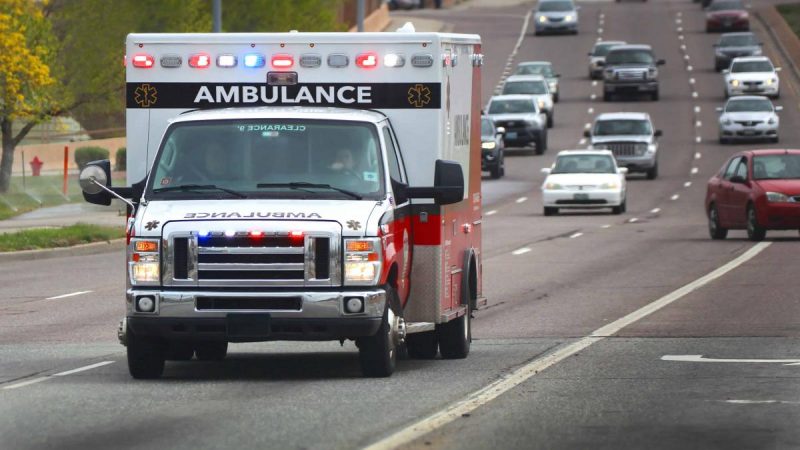
Being aware of the direction of the muzzle is critical. As I tell my students, every bullet has a lawyer attached. When you pull the trigger, the bullet that discharges goes one of two places: where it is supposed to go or where it is not supposed to go. The bullet will always go toward a safe place, even if you accidentally pull the trigger, by keeping the gun pointed in a safe direction and away from anything or anyone you don’t want to kill or destroy.
Keep your finger off the trigger until you’re ready to shoot
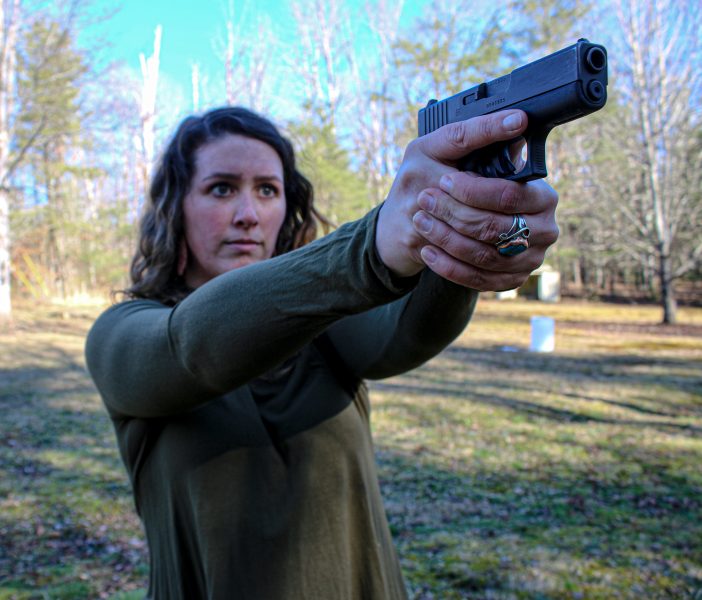
There is only one reason to ever have your finger on the trigger: to pull it when you are ready to shoot. For everything – everything – else, your finger should be away from the trigger and along the rail or frame of the gun. That includes loading, reloading, racking the slide, aiming, drawing, holstering – all other functions except actively pulling the trigger. What if you have your finger on the trigger, get startled by a noise, and your hand clenches in reaction? BANG! Did you mean to pull the trigger? Nope. Did the bullet fly harmlessly away in a safe direction? If you’re following the other safety rules, yes. But what if you’re not? Something really bad just happened that could have been avoided by keeping your finger off the trigger.
Know your target and what is beyond it
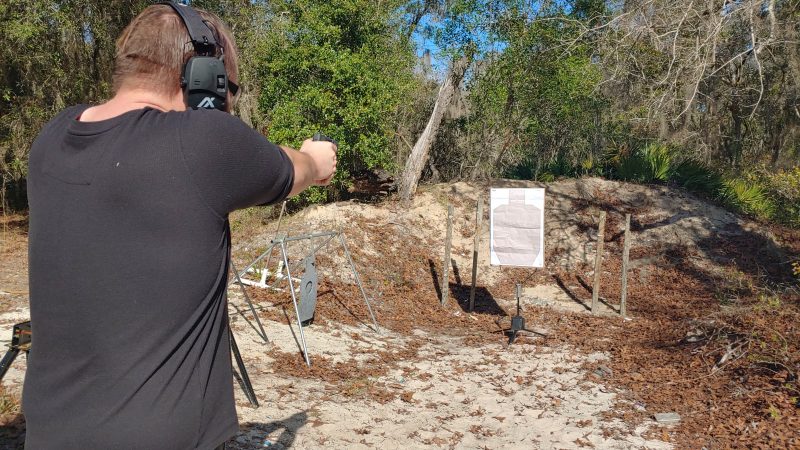
This one is important for both the range and if you ever get involved in a self-defense shooting. At the range, it’s easy to contain flying bullets inside the controlled area with a rubber and steel backstop typically found at an indoor facility or a big dirt berm or hill at an outdoor range. Unlike at the range, however, self-defense shootings do not take place in a controlled area with all the safety measures in place. They happen in places where there is no berm or backstop to stop the round if you miss. Also unlike at the range, your target is probably moving and might be shooting back at you, so there is a much higher chance of that round missing its intended target. Many self-defense incidents have gone from justified shootings to murder or manslaughter because the good guy who was trying to protect himself or his family missed the bad guy and shot an innocent bystander by mistake. Being aware of what happens if you miss or the round over-penetrates can save innocent lives and keep you out of jail.
Practice safety
Reviewing these important rules and practicing them daily can lead to much safer range sessions and prevent potentially horrible circumstances from ever happening. Memorize the four safety rules and practice them whenever you pick up a gun.
ABOUT THE AUTHOR:
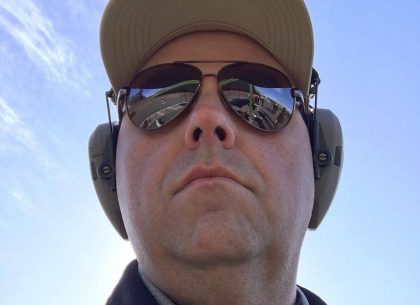
David Workman is an avid gun guy and a contributing writer to several major gun publications. As an NRA-certified instructor, David trains new shooters on basic handgun skills and CCW requirements and is a strong advocate for training as much as possible. “Real-life shootouts don’t happen at a box range.”
![]() You may also enjoy these popular articles:
You may also enjoy these popular articles:
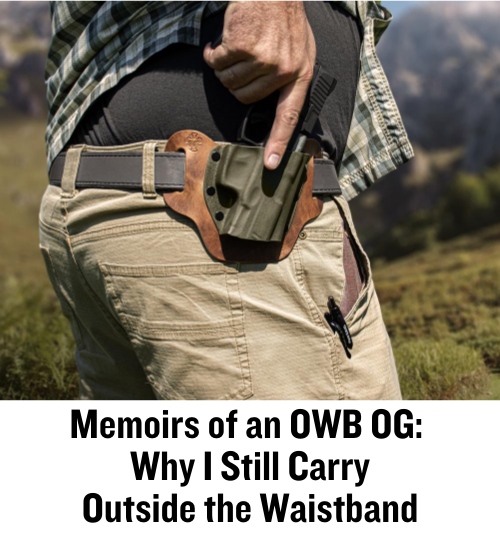
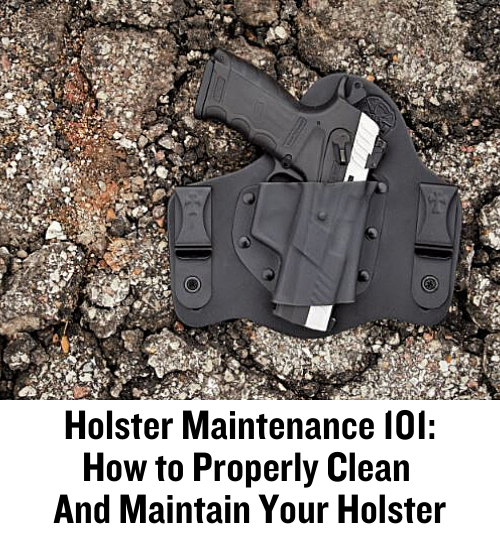
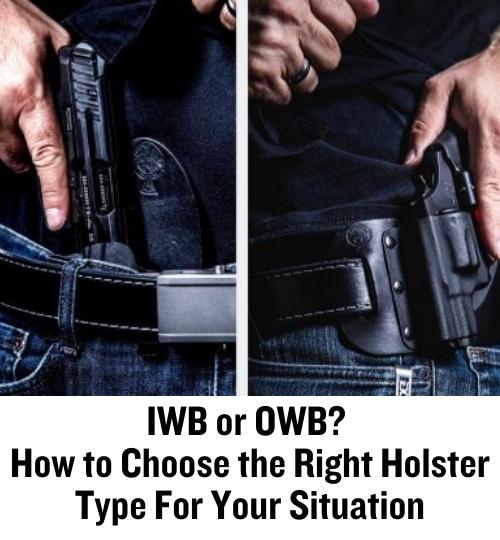
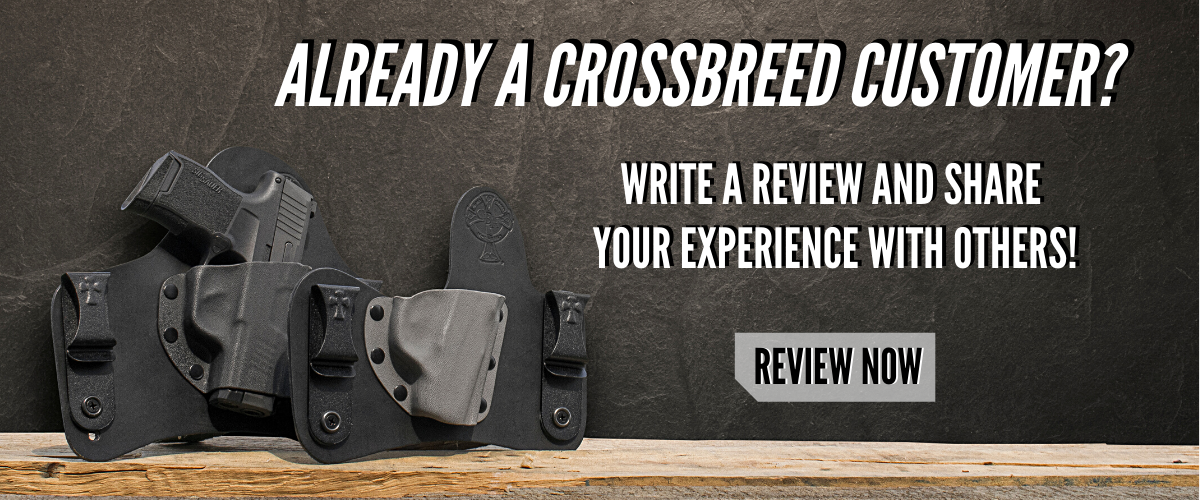
©MTC Holsters, LLC and CrossBreed Holsters Blog, 2022.
Unauthorized use and/or duplication of this material without express and written permission from this site’s author and/or owner is strictly prohibited. Excerpts and links may be used, provided that full and clear credit is given to David Workman and the CrossBreed Blog with appropriate and specific direction to the original content.
![]()


Thank you for the advice on using a large dirt hill or berm at an outdoor range, or a rubber and steel backstop, to easily trap flying rounds inside the regulated area. In the coming weeks, my spouse wants to purchase a rifle for security reasons. I’ll make sure we buy a top-notch gun safe first and put it in a safe place where neither our kids nor visitors will be able to access it.
This article on the significance of the 4 rules of gun safety is an absolute must-read for all gun owners and enthusiasts. CrossBreed Holsters has done an excellent job of highlighting the paramount importance of following these rules to ensure responsible gun handling.